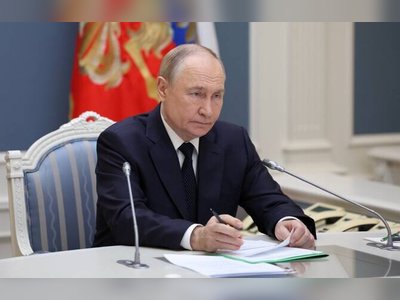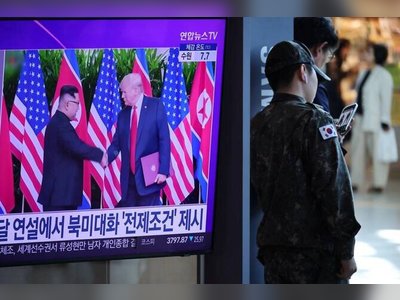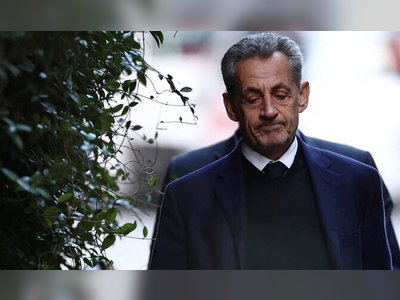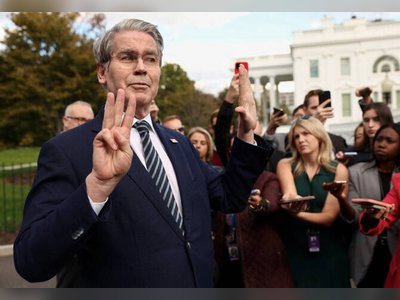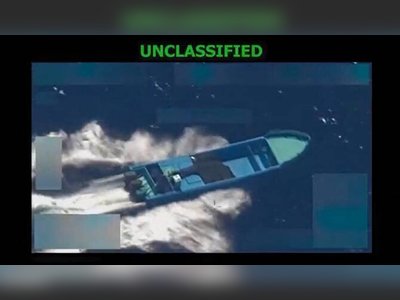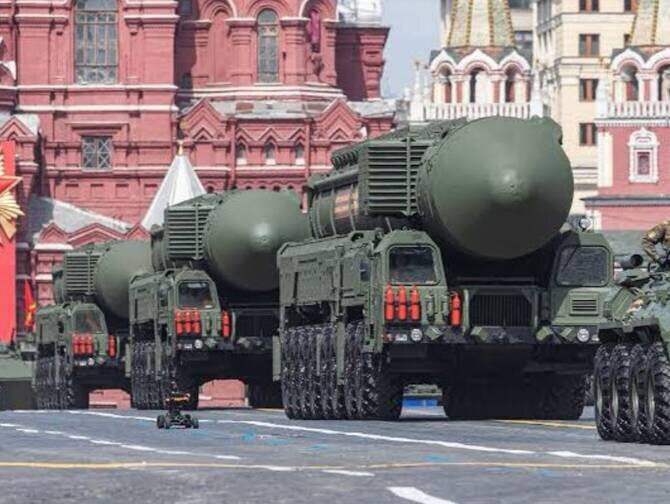
Russia Conducts Scheduled Nuclear Drills Amid Rising Tensions with NATO
Russian strategic nuclear exercises come a week after NATO's similar drills, sparking concern over escalating tensions in Europe.
Russia has commenced its planned strategic nuclear drills on Wednesday, shortly following NATO's initiation of comparable annual exercises last Monday.
This development comes amidst heightened tensions across Europe, largely due to the ongoing Ukraine conflict.
Russian President Vladimir Putin emphasized that these drills are 'planned' and should not be misconstrued as a threat or preparation for actual hostilities.
The exercises involve various components of Russia's nuclear capabilities, including mock intercontinental ballistic missile launches from a submarine in the Barents Sea, near NATO's western borders.
Additionally, strategic bombers conducted air-to-air missile strikes during these drills.
The Russian Ministry of Defense released videos showcasing these operations from ground, sea, and aerial perspectives.
The timing of Russia's maneuvers coincides with challenges in resolving the Ukraine war, compounded by US President Donald Trump's decision to suspend planned peace talks with Putin earlier this week.
This suspension has further strained diplomatic efforts aimed at finding a resolution to the conflict.
Russia's recent incursions into Polish and Estonian airspace by military aircraft, along with a series of unexplained drone flights near NATO member states, have significantly increased concerns within the alliance about potential escalations.
These incidents have reignited discussions among NATO members regarding bolstering their collective defense mechanisms.
The situation is further complicated by Ukraine's attempts to secure long-range Tomahawk missiles from the US, an effort that has been met with resistance due to Russia's opposition to such supplies.
Moscow has warned of a severe escalation should these nuclear-capable missiles be deployed to Ukraine, highlighting the ongoing tensions and their potential for further destabilization in the region.
This development comes amidst heightened tensions across Europe, largely due to the ongoing Ukraine conflict.
Russian President Vladimir Putin emphasized that these drills are 'planned' and should not be misconstrued as a threat or preparation for actual hostilities.
The exercises involve various components of Russia's nuclear capabilities, including mock intercontinental ballistic missile launches from a submarine in the Barents Sea, near NATO's western borders.
Additionally, strategic bombers conducted air-to-air missile strikes during these drills.
The Russian Ministry of Defense released videos showcasing these operations from ground, sea, and aerial perspectives.
The timing of Russia's maneuvers coincides with challenges in resolving the Ukraine war, compounded by US President Donald Trump's decision to suspend planned peace talks with Putin earlier this week.
This suspension has further strained diplomatic efforts aimed at finding a resolution to the conflict.
Russia's recent incursions into Polish and Estonian airspace by military aircraft, along with a series of unexplained drone flights near NATO member states, have significantly increased concerns within the alliance about potential escalations.
These incidents have reignited discussions among NATO members regarding bolstering their collective defense mechanisms.
The situation is further complicated by Ukraine's attempts to secure long-range Tomahawk missiles from the US, an effort that has been met with resistance due to Russia's opposition to such supplies.
Moscow has warned of a severe escalation should these nuclear-capable missiles be deployed to Ukraine, highlighting the ongoing tensions and their potential for further destabilization in the region.
